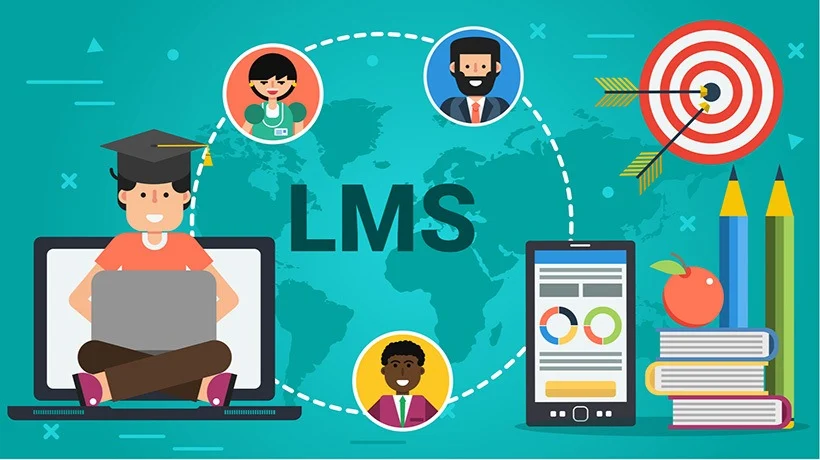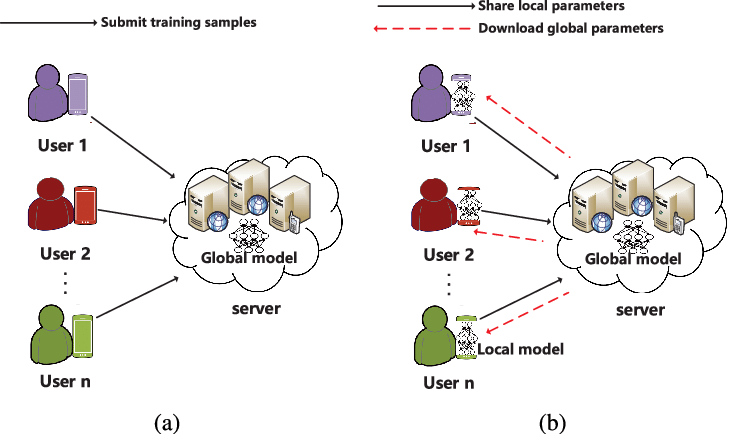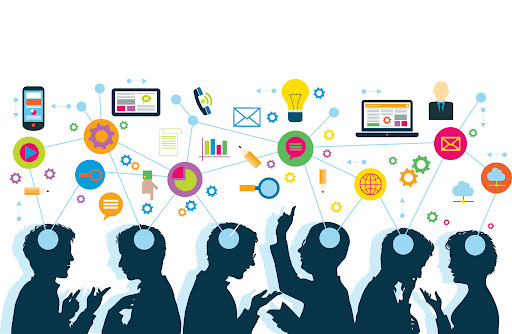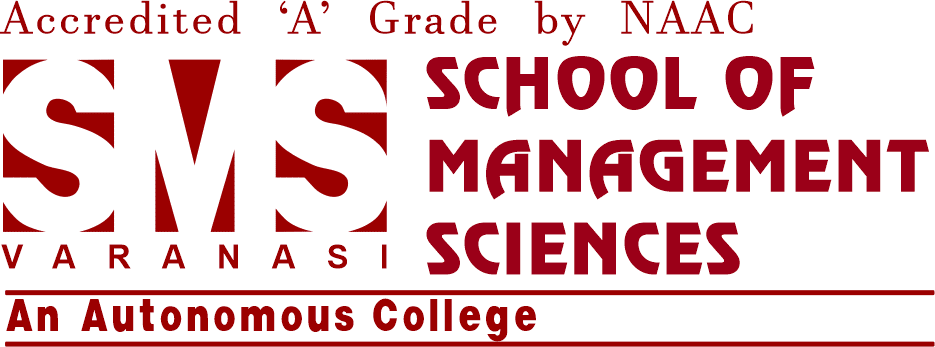
In this digital era, Learning Management Systems (LMS) are becoming one of the important tools for both educational institutions as well as businesses. These systems help you streamline online training and education delivery more efficiently, increasing their effectiveness and accessibility. Knowing how to use an LMS can significantly enhance your learning experience whether you’re a corporate trainer, instructor, or student. Furthermore, this blog will let you explore the fundamentals of learning management systems and provide you with advice on how to get the most out of them.
What is a Learning Management System?
To administer, document, track, report, and deliver educational courses, training programs, or learning and development programs, there is a software application designed which is known as a Learning Management System (LMS). It is like a central for online learning which allows educators to create and manage content, evaluate student performance, and promote communication. Moodle, Canvas, Blackboard, and Google Classroom are some of the Learning Management System (LMS) platforms that offer a wide variety of features which is customized according to the various educational needs.
Benefits of Using a Learning Management System
The following are some advantages of using a learning management system (LMS):
1. Centralized Learning Resources
One of the main and important benefits of an LMS is the centralization of educational resources. Because of this, educators can upload all the necessary documents, videos, quizzes, and interactive content in one place. Therefore, this makes it easier for the learner to obtain the resources they require and also make sure about the consistency of delivering the material on time.


2. Flexibility and Convenience
Time and place are the two areas in which LMS platforms offer flexibility. The learner can easily access the course materials from any location by only having an internet connection and at their own pace. This is especially helpful for people who are learning remotely or who are balancing other responsibilities with their education.
3. Personalized Learning Experience
Features that promote personalized learning are available on various LMS platforms. For example, the adaptable learning routes can be designed to meet each student’s individual requirements. Therefore, this makes sure that every student can focus on their areas of need for growth and study at their own pace.


4. Enhanced Collaboration and Communication
Discussion forums, chat features, and group projects are just some of the integrated communication and collaboration tools that are often included with the LMS platforms. Furthermore, by facilitating communication between learners and educators as well as between students themselves, these tools provide a more engaging learning environment.
5. Efficient Tracking and Reporting
Because of the comprehensive monitoring and reporting capabilities offered by the LMS, educators can keep an eye on the progress of the student, identify problem areas, and assess how well the training initiatives are working. Making informed decisions to enhance the learning process is made easier with this data-driven approach.

Getting the Most Out of Your Learning Management System
You can adhere to a few recommendations to get the most out of your learning management system
1. Choose the Right LMS for Your Needs
The key to optimizing the benefits of a Learning Management System (LMS) is choosing the right one. Think about your specific requirements, which include the students you will be teaching, the type of content you will offer, and your budget. To make sure that you make the right and informed decision, investigate different LMS systems, compare their features, and read reviews.
2. Invest in Training and Support
It is important for you to understand how to utilize an LMS properly to take full advantage of it. All the educators and students should invest in training. For users who are unfamiliar with the system, many LMS providers offer webinars, tutorials, and customer assistance. Furthermore, all the users can effectively navigate the platform and make the most of its capabilities efficiently if they have received enough training.
3. Create Engaging and Interactive Content
The learning process is greatly impacted by the quality of the content that is provided through an LMS. To provide engaging and dynamic content, combining a wide range of media, including movies, interactive quizzes, and simulations. Multimedia instruction not only accommodates a variety of learning styles but also makes learning more engaging as well as interesting.
4. Utilize Analytics and Feedback
Make the most out of the reporting and analytics tools offered by your LMS. To identify the trends, monitor student progress, and find areas for improvement, review the data regularly. Furthermore, to comprehend the experiences of the students and make the required changes, you should also ask them for feedback. More successful learning outcomes may result from ongoing improvement based on data and feedback.
5. Foster a Collaborative Learning Environment
Utilizing the communication tools in your learning management system (LMS) to promote engagement and teamwork among the students. To improve the learning process, set up discussion forums, group projects, and peer review activities. In addition to making learning more interesting, a collaborative setting encourages critical thinking and cooperation among the students.
6. Ensure Mobile Accessibility
It is important that your learning management system (LMS) is compatible with various devices, such as tablets and smartphones, in a world that is mobile-centric. Learning becomes more flexible and easy when it is mobile-accessible, enabling learners to access content while on the go. Make sure the information on your LMS platform is suited for smaller displays and that it supports mobile learning.
Conclusion
With their unparalleled flexibility, accessibility, and efficiency, learning management systems (LMS) have completely changed the way that training and education are delivered. To make the most of these powerful platforms, educators and learners should select the appropriate learning management system (LMS), make training investments, provide interesting material, use analytics, promote cooperation, and ensure mobile accessibility. Taking advantage of an LMS to the fullest will help you improve the educational process and also result in higher-quality graduates and a workforce with more expertise. A key component of good online education and training programs will continue to be the efficient use of learning management systems as we traverse the ever-changing digital world.
Your approach to online learning can be transformed, and you can make the most of the tools and resources provided by your learning management system (LMS), by comprehending and putting these techniques into practice.

